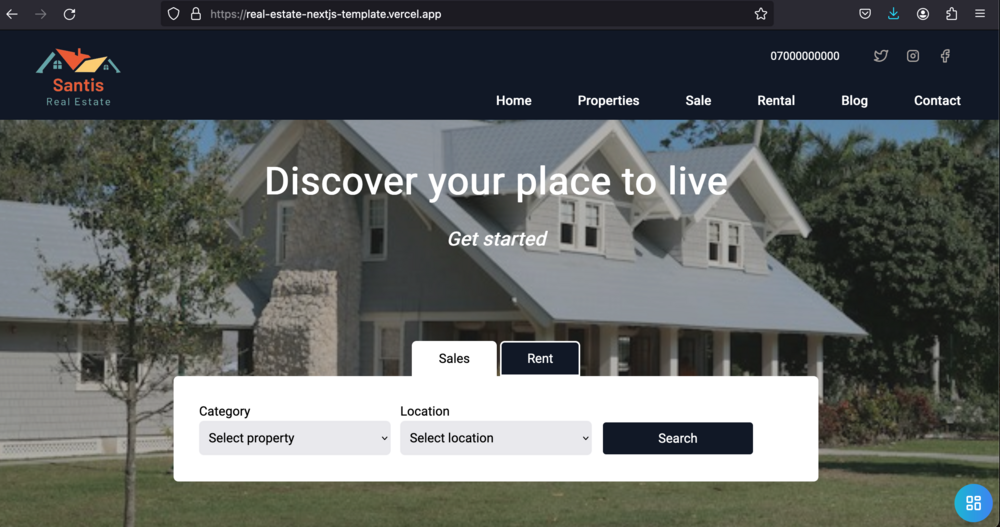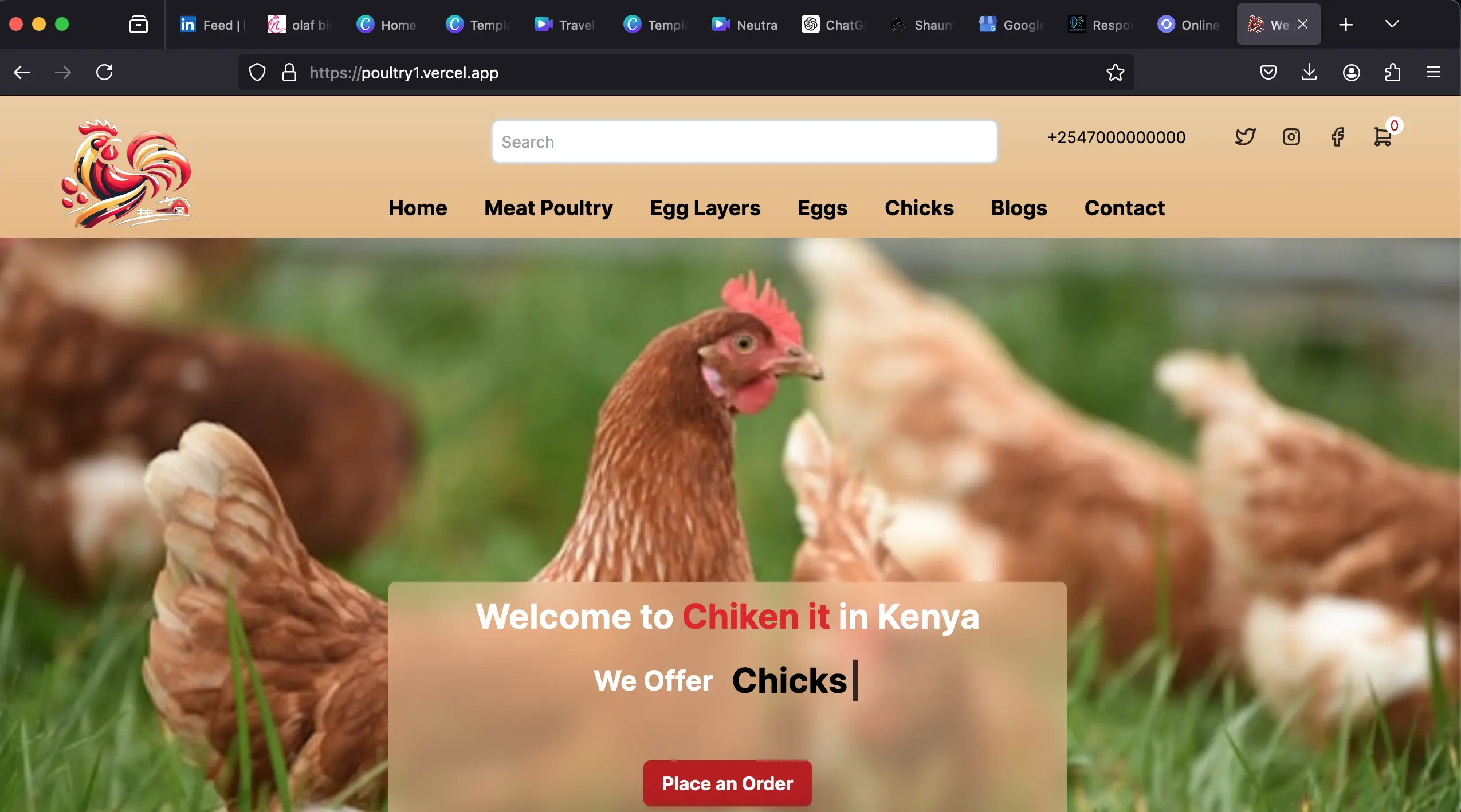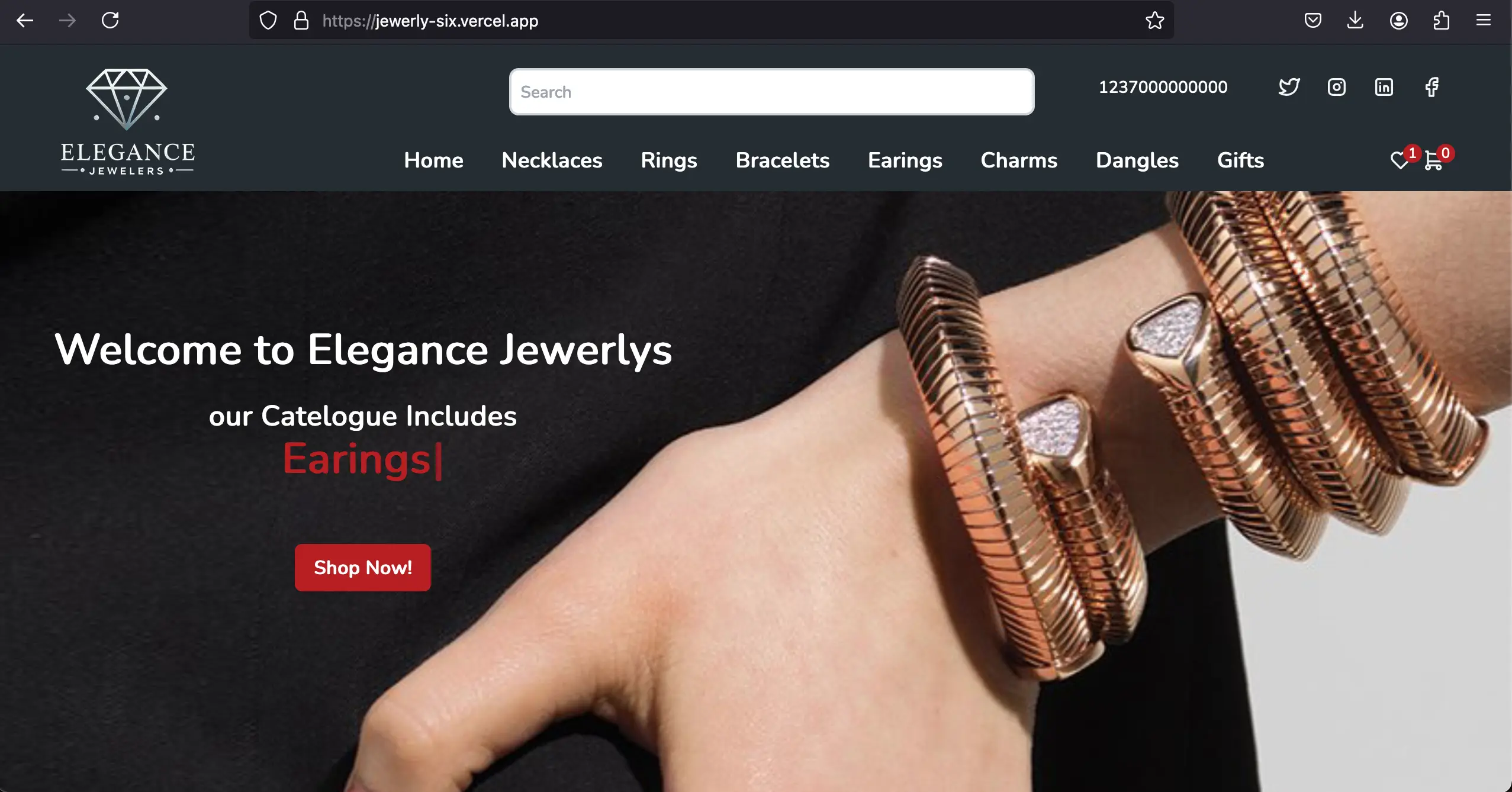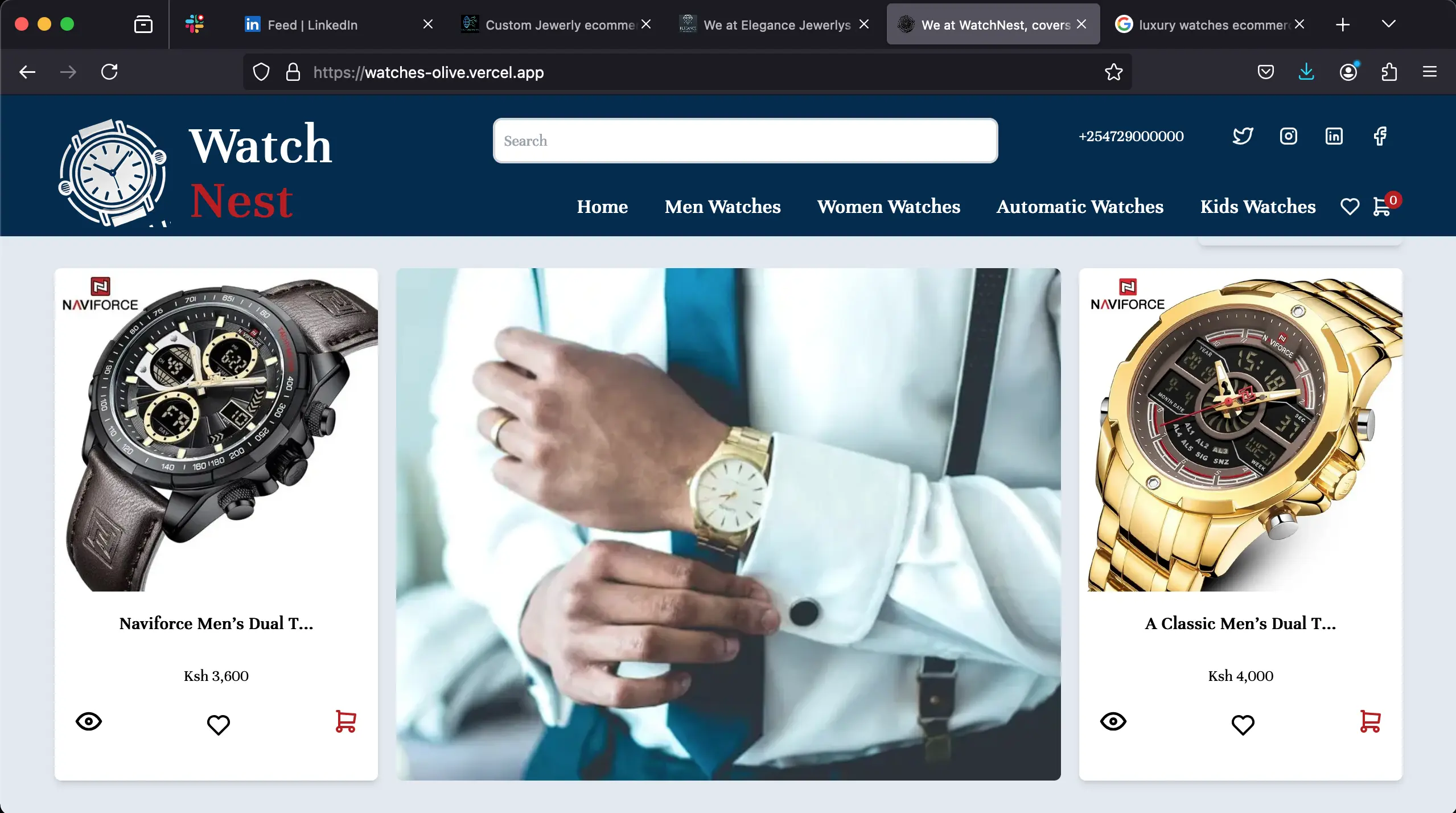
How long does it take for an ecommerce business to be profitable
So, you’ve got this brilliant product idea or niche for an online store. Excitement builds… and then the big question hits:
"How long until I make my first sale – and when will Google actually send me customers?"
Forget "overnight success" stories - even cartels build their base first;).
Building something profitable takes focused effort. The good news? You can launch and get your first sale relatively quickly. The realistic news? Getting Google to consistently rank you well takes patience – sometimes up to 6-7 months (or more), even if you do everything perfectly.
This guide breaks down the realistic timeline to launch (6-12 weeks) and manage expectations for organic Google traffic. We’ll focus on what you control and how to survive (and thrive!) during Google’s "waiting room."
Phase 1: Laying the Foundation (1-2 Weeks)
- Solidify Your Idea & Plan:
- Niche & Products: Who exactly are you helping? What problem do you solve? Finalize your core starting products. Specific beats broad!
- Business Basics: Pick a name, register legally (if needed), grab your domain (.com is best! but for global products, if you want to rank better locally, country-based domains are better).
- Supplier & Logistics: Where do products come from? How will you pack and ship? Get quotes.
- Budget: Plan for startup costs (website, initial stock, basic marketing).
- Simple Roadmap: Outline your goals, customer, what makes you special, and how you’ll initially reach people.
Phase 2: Building Your Digital Storefront (2-4 Weeks)
- Choose Your Platform: Get a developer to build you a website or Shopify, BigCommerce, WooCommerce – pick one that handles the tech-heavy lifting. Well, how do I know which one to pick?
- Design & Setup:
- Pick a Professional Theme: Looks matter! Customize it to feel unique.
- Essential Pages: Homepage, About Us (tell your story!), Contact, Shipping/Returns, Privacy Policy (a must-have).
- Easy Navigation: Clear menus and categories make finding products simple. I advise finding an expert because this can make or break your business before it even starts.
- Adding Your Products (Your Most Important Job!):
- Create Awesome Product Pages:
- Great Photos/Videos: Show the product in action! Multiple angles, real-life use.
- Clear Product Title: Include keywords naturally (e.g., "Organic Cotton Baby Onesies - 5 Pack, Assorted Colors").
- Description That Sells: Go beyond size/material. Explain the benefits! How does it solve a problem? Make life easier? Answer unspoken questions.
- Simple Pricing & Options: Sizes, colors? Display clearly.
- Obvious "Add to Cart" Button: Don’t make customers hunt.
- Organize with Categories: Group similar products (e.g., "Men's Running Shoes," "Kitchen Gadgets"). Helps everyone find things.
Phase 3: Speaking Google's Language (SEO Essentials) (1-2 Weeks - Overlaps with Phase 2)
This is your future traffic foundation. Do it well now, even if results take time.
- Optimize Category Pages:
- Clear Names: "Women's Yoga Leggings" is better than just "Leggings."
- Short Helpful Intro: Briefly explain what’s in this category.
- Simple Price Table (If Useful): Show budget, mid-range, premium options within the category.
- Master Every Product Page (Non-Negotiable!):
- Title Tag (The Google Link): Include product name + key feature/brand. Keep it short (< 60 chars). E.g., "Acme Blender - 1000W Professional Smoothie Maker."
- Meta Description (The Google Ad Snippet): Write a compelling 1-2 sentence ad (< 160 chars). Use keywords and a call like "Shop Now" or "Learn More."
- Header (H1 - Page Title): Clear product name at the top of the page.
- Helpful, Benefit-Focused Description: Solve problems! Use simple subheadings.
- Image Alt Text: Describe every photo clearly for Google & accessibility (e.g., "Red Acme Blender making a berry smoothie on kitchen counter").
- Product Schema (Behind-the-Scenes Code): Most platforms add this automatically. It tells Google "this is a product with a price and availability." (Good to confirm it's working!).(That's the advantage of having a great developer as your partner)
- Google Housekeeping:
- Submit Your Sitemap: Tell Google where your important pages live (usually easy via platform tools).
- Set Up Google Search Console (FREE!): Essential! Shows if Google can find and understand your pages. Submit your sitemap here too. This is your dashboard for the waiting period.
- Mobile-Friendly: Your site MUST work perfectly on phones (most themes do this).
- Speed Matters: Optimize images. Choose good hosting. Slow sites lose sales.
- Build a Solid Core: Start with as many relevant, well-optimized products as you realistically can. 20 great pages are better than 5 perfect ones or 100 rushed ones. Quality AND quantity (within reason) signal authority.
Phase 4: Final Checks & Go Live! (1 Week)
- Test Like a Customer: Buy something! Test checkout, payments (use sandbox mode!), shipping, confirmation emails. Click every link. Check every page on phone/tablet/computer. Fix typos!
- Activate Payments: Ensure your real payment gateway is ready.
- Double-Check Shipping: Are the rates correct for zones/weights?
- Plan Your Launch: Pick a date. Tell friends, family, and your social media followers!
Phase 5: LAUNCH! (Day 0) & The First Sale Sprint
- You're Open! Shout it from your (digital) rooftops.
- Drive Initial Traffic (Your Lifeline!): Google won't help yet! Use social media, consider small targeted ads, email contacts, join relevant communities (respectfully!), and tell everyone.
- Track Activity: Install Google Analytics. See where visitors come from and what they do.
- The First Sale CAN Happen Fast! If you drive targeted traffic yourself, your first "uhu moment!" could be within hours or days. This early hustle is CRITICAL.
The Reality Check: Google's Timeline is a Marathon, Not a Sprint
You did everything right: great products, perfect on-page SEO, sitemap submitted, Search Console humming. Now comes the hard part: waiting for Google to trust and rank you.
- Indexing is Quick(er): Getting your pages listed in Google might take days or a few weeks after submission. Check Search Console's "Coverage" report.
- Ranking Well Takes Patience (Months): This is the crucial point. Even with flawless SEO, it commonly takes 3 to 7 months (sometimes longer) for Google to start ranking your pages well for your target keywords. Why?
- The "Sandbox" Effect: Google often treats brand-new websites cautiously. It needs time to verify your site is legitimate, trustworthy, and provides real value.
- Building Authority: Google looks for signals that others find your site useful – backlinks from other sites, consistent traffic, user engagement. This builds slowly.
- Competition: Others in your niche have a head start. Outranking them takes consistent effort and time.
- What to Do While You Wait (Your Survival Guide):
- Keep Adding Quality: Add new products regularly. Consider a simple blog answering customer questions. Fresh content gives Google reasons to revisit.
- Build Simple Internal Links: Link related products to each other. Link from category pages to products. Help Google explore.
- Monitor Search Console: Fix any errors it flags (crawling issues, broken pages).
- DOUBLE DOWN ON DIRECT TRAFFIC: This is your oxygen! Keep pushing social media, emails, ads, and networking. Build your audience yourself.
- Seek Early Reviews: Encourage happy first customers to leave reviews on your product pages. Social proof builds trust (with customers AND Google).
- Refine Your Offer: Use early customer feedback to improve products, descriptions, or policies.
- Trust the Process: This isn't failure. It's normal. Focus on what you control.
Why "Profitable" Needs This Long-Term View:
Your first sale is a huge win! Consistent profitability builds on this foundation:
- Scaling Beyond Yourself: Finding reliable, cost-effective traffic sources (gradually relying less on pure hustle as SEO kicks in).
- Optimizing Everything: Streamlining shipping, managing inventory costs, and improving conversion rates.
- Building Loyalty: Turning first-time buyers into repeat customers through amazing service.
Efficiency Helps You Launch Faster & Wait Smarter
Doing all this right takes knowledge and avoids costly mistakes. Partnering with experts like Chantosweb accelerates the launch phase (getting you to your first sale faster) and ensures the SEO foundation is rock-solid from day one. This means when Google does start paying attention, your site is perfectly positioned, maximizing your chances of ranking success when that 3-7 month window passes.
The Takeaway: Launch Fast, Build Smart, Be Patient
Getting your online store open and making that first sale is achievable in 6-12 weeks with focus. Building a business that Google consistently sends traffic to takes longer, often 6+ months of consistent effort after launch.
The winning strategy is two-pronged:
- Launch Efficiently: Get your store live and optimized quickly. Drive your own initial traffic hard. Celebrate that first sale!
- Play the Long Game with Google: Do the SEO work perfectly upfront. Then, focus on building your brand, audience, and customer base through other channels while patiently nurturing your site's authority. Google traffic, when it comes, is worth the wait – but don't sit idle waiting for it.
Your profitable e-commerce journey starts with action today, fueled by realistic expectations for tomorrow. Build smart, stay consistent, and that organic Google traffic will come.
Our Templates
The Turnkey Commerce Suite.
Our Trending blogs










Myrachanto
I help ecommerce businesses scale faster with tech-driven SEO and high-performance web development. With 5+ years of full-stack expertise, I specialize in:
Ecommerce SEO
Optimizing product pages, structured data, and site architecture to boost organic traffic.
Blazing-Fast Stores
Building with React.js, Next.js, Qwik.js, and Golang for speed and conversions.
I write about ecommerce growth—from technical SEO to conversion-focused development—so store owners and marketers can leverage tech for real results.





